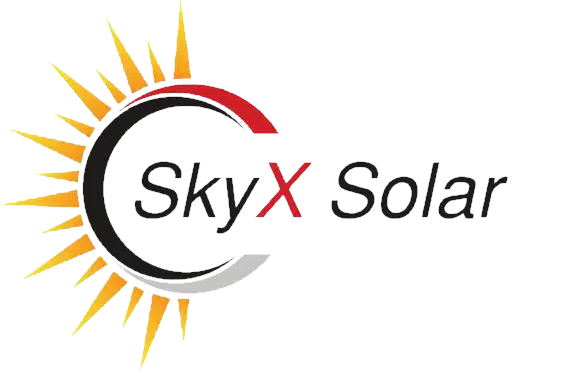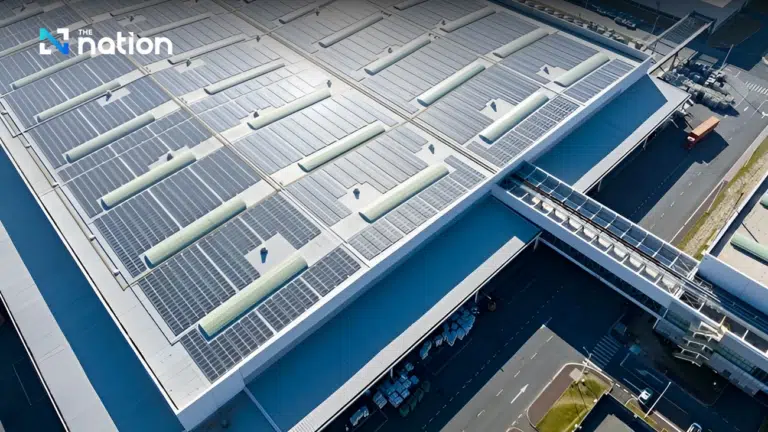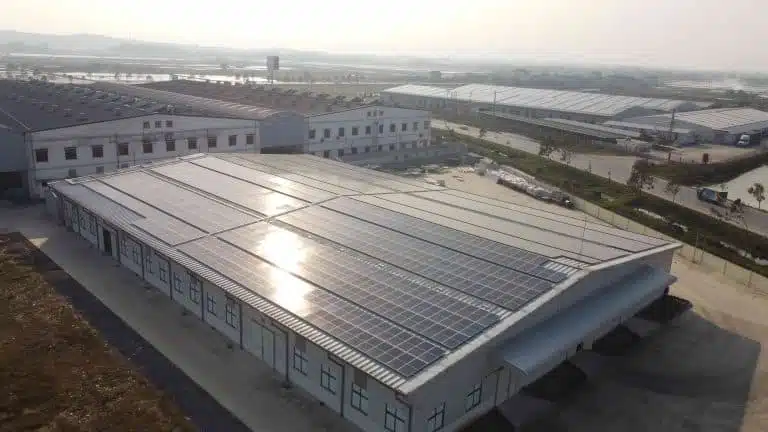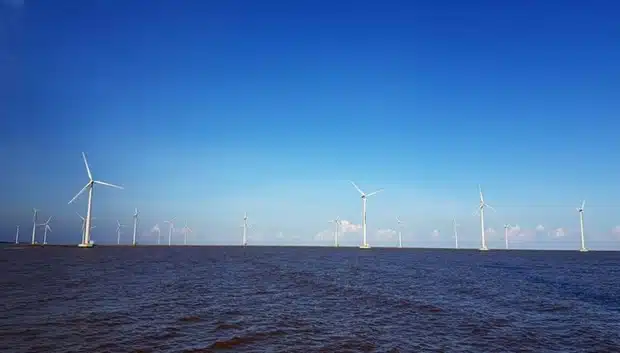The year ahead promises new growth paths for the renewable energy industry, potentially aided by supportive policies from an administration focused on combatting climate change. Yet, some challenges still linger. Explore how new technologies, business models, policies, and investments could help address these challenges and accelerate growth in our 2022 renewable energy industry outlook.
In 2021, the renewable energy industry remained remarkably resilient all around the world. Rapid technology improvements and decreasing costs of renewable energy resources, along with the increased competitiveness of battery storage, have made renewables one of the most competitive energy sources in many areas. Despite suffering from supply chain constraints, increased shipping costs, and rising prices for key commodities, capacity installations remained at an all-time high. In the US, wind and solar capacity additions of 13.8 GW in the first eight months of 2021 were up 28% over the same period in 2020. Many cities, states, and utilities set ambitious clean energy goals, increasing renewable portfolio standards and enacting energy storage procurement mandates.
Renewable energy growth is poised to accelerate in 2022, as concern for climate change and support for environmental, sustainability, and governance (ESG) considerations grow and demand for cleaner energy sources from most market segments accelerates. In the renewable energy industry analysis, the following five trends are expected to move to the forefront in 2022, opening new avenues in the renewable energy growth story.

Activity is heating up in next-generation technologies. Renewable energy industry stakeholders are considering investments in them, which can eventually help to confidently integrate variable renewables such as wind and solar into the electric grid. For an industry that has largely focused on solar and wind, private investment and pilot projects combined with governance research support could help expedite the commercialization of emerging technologies such as green hydrogen, advanced batteries, and other forms of long-duration storage. These technologies can provide zero-carbon electricity and longer-term seasonal electricity storage, ease grid congestion, stem renewable curtailment, boost reliability, and facilitate the integration of solar and wind into the grid while supporting goals for 100% clean energy.
A major driving force behind the rise of green hydrogen has been the decreasing costs of renewable energy—a critical input in the production process. In 2022, as renewable energy penetration on the grid increases, green hydrogen development is also expected to grow, owing to its potential to act as long-duration and seasonal storage of fuel available on-demand to generate power. States and energy companies are also responding to this opportunity and ramping up renewable hydrogen production. Interest is also high in a host of evolving mechanical and battery storage technologies offering long-duration energy storage options and supporting the grid.
NEW BUSINESS MODELS
After an 85% cost decline over the past decade, solar photovoltaic (PV) systems are among the most cost-competitive energy resources in the market. As it flexes its competitive muscle, the solar industry will likely boost efforts to explore new configurations and business models. And 2022 could well see the industry growing solar-plus-storage buildouts, exploring floating solar PV modules. Pairing storage with solar offers cost synergies, operational efficiencies, and the opportunity to reduce storage capital costs with the solar investment tax credit.
And finally, although a nascent technology, floating solar photovoltaics (FSPV) are also gaining attention, and several developers are exploring these projects either separately or as hybrids with hydro, which could benefit from a shared substation and transmission.

Transmission infrastructure is becoming a key priority, especially for offshore wind
Transmission development, which is key for connecting new, often remotely located renewable energy capacity to electricity consuming centers, is expected to be an important part of the renewable energy industry’s agenda in 2022. Policy and regulatory support, investments, and innovation will likely help unlock progress. Transmission projects, especially interregional, have so far remained a major challenge for renewable growth as they face difficulty in gaining regulatory approval, as well as a refusal from landowners, and opposition from environmental groups.
This holds especially true for offshore wind, which is poised for significant growth and must be connected to coastal infrastructure. Both enhancing the capacity of existing lines and building new lines could be key in solving the transmission challenge. In fact, 76% of the power and utility respondents to a recent Deloitte survey are either planning or depending on new transmission projects to boost renewable energy access.
SUPPLY CHAIN ECOSYSTEM
The renewable energy industry is likely to continue to evolve supply chains, as profits have suffered recently amid logistics-related cost pressures and US-China trade tensions. In 2021, the solar industry remained under pressure and prices increased due to supply shortages of components, raw materials, and labor as well as rising shipping costs. In 2022, the renewable energy developers will likely continue to seek alternative suppliers, including domestic manufacturers (where available); reassess supply needs, and develop substitutes to help alleviate these pressures.
SUSTAINABLE GROWTH
As solar, wind, and battery installations are expected to climb to new highs, waste generation in the renewable energy industry will likely soar as well and require urgent solutions. By 2030, decommissioned PV modules could total 1 million tons of waste, and there could be 80 metric kilotons of lithium-ion batteries (LiBs) to recycle in the United States.
Industry stakeholders, regulators, and policymakers have started exploring solutions for extending life and increasing the performance, recovery, and reuse of products and materials. The case for building a circular economy for batteries involves deeper collaboration among industries and between businesses and policymakers, given battery demand in a range of applications. A secondary market for repurposed electric vehicle LiBs includes bulk energy storage system applications. But regulations for reusing and recycling batteries are in early development, and incentives are required to attract private investors.







